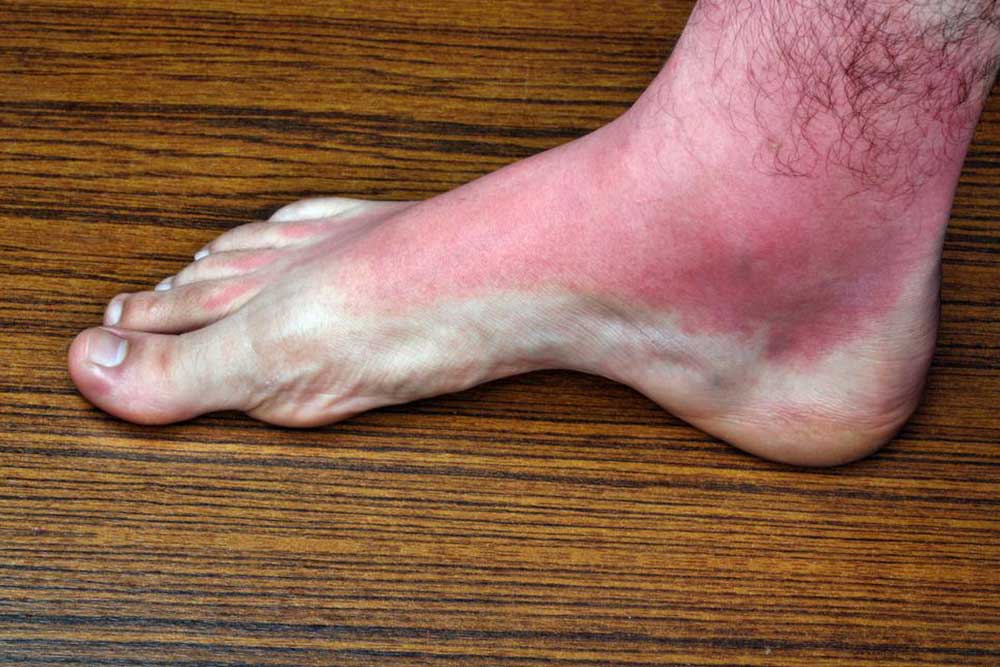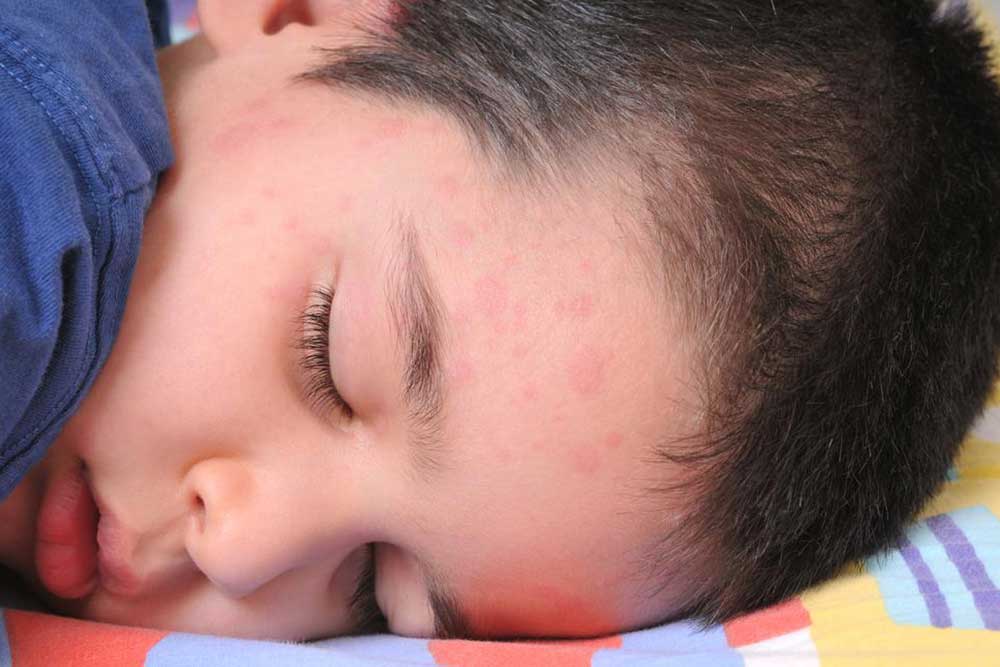Top 7 Reasons for Itchy Rash on Legs and How to Address Them
Discover the top seven reasons behind itchy rashes on legs and learn how to identify and treat these common skin conditions effectively. From keratosis pilaris to skin cancer, understanding these causes can help you seek the proper medical care and relief promptly.

Top 7 Reasons for Itchy Rash on Legs and How to Address Them
Itchy skin can cause discomfort and frustration, presenting as rashes and red bumps on the legs. These skin issues might stem from various dermatological conditions or internal health problems. A red, itchy rash on the legs often signals an underlying medical issue that requires attention.
Most rashes are manageable with home remedies or over-the-counter treatments. Nevertheless, identifying the root cause before starting therapy is essential to ensure effective relief.
Seven Common Causes of Itchy Rashes on Legs
Keratosis Pilaris: Small red or white bumps appearing on the legs and arms, usually caused by keratin buildup blocking hair follicles. People with dry skin or eczema are more prone.
Folliculitis: An infection of hair follicles, often due to bacteria like Staphylococcus aureus, causing inflamed, itchy bumps on shaved or affected areas.
Atopic Dermatitis (Eczema): Characterized by red, scaly patches and blisters that may ooze, eczema can cause intense itching on the legs.
Hives: Also known as urticaria, hives cause raised, red, itchy welts from allergic reactions to foods, medications, insect bites, or environmental factors.
Insect Bites: Bites from mosquitoes, fleas, bed bugs, or chiggers can lead to itchy, red rashes on the legs.
Psoriasis: A chronic autoimmune condition resulting in red, scaly patches and spots, especially in guttate psoriasis variants affecting limbs and trunk.
Skin Cancer: Prolonged sun exposure can lead to skin cancers like Bowen’s disease and basal cell carcinoma, which may appear as itchy, red lesions.
If symptoms persist or worsen, consulting a healthcare professional is crucial for accurate diagnosis and appropriate treatment.










